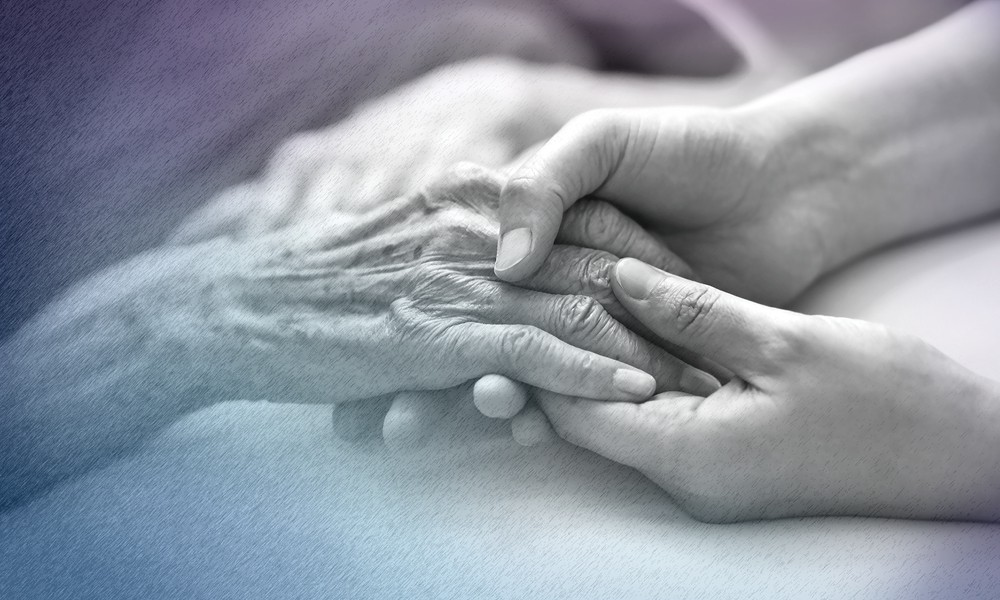QLS Proctor observes World Elder Abuse Awareness Day on 15 June. In a series of Proctor articles, key takeaways will be highlighted from the ‘Elder Abuse Joint Issues Paper’, released by Queensland Law Society and the Public Advocate of Queensland in February this year.
Previously, we highlighted the typical characteristics of victims of elder abuse.
However, the victims’ vulnerabilities are only one part of the complex dynamics of elder abuse. Practitioners should also understand the characteristics of those who are most likely to perpetrate elder abuse and be alert to the relationships between perpetrators and victims.
Elder abuse commonly occurs in domestic and care contexts. More specifically, living with a perpetrator is an established risk factor for elder abuse. The abuse is often accompanied by an expectation of trust or power imbalance between the parties. In this respect, elder abuse can share many of the same characteristics as family and domestic violence, including elements of coercive control.
Perpetrators are often related to, or known by, their victims, such as:
Adult children
The overwhelming majority of perpetrators of elder abuse are the victim’s adult children, with adult sons perpetrating intergenerational abuse more often than adult daughters.1
This relationship can contribute to the reluctance of an older person to seek help or report the abuse to police. Victims may experience shame and stigma around reporting abuse by their own children, with their bond and sense of loyalty to their children preventing them from speaking to others about the abuse and acting on advice. They may also be fearful of the adverse consequences for their child.
Partners, spouses and other relatives
After adult children, the next largest group of perpetrators of elder abuse are spouses, partners and other relatives of the victim. In particular, intimate partners of older women may perpetrate elder abuse as a continuation of a long-term abusive relationship.
Informal and paid carers
To a lesser extent, informal and paid carers may also perpetrate elder abuse. Some informal carers may be at risk of committing abuse due to caregiver stress, which may be caused by factors such as long hours, low pay, physical demands, and low levels of education and training. Carers may also experience abuse from the person they are caring for, creating the potential for retaliation.
Risk factors for committing elder abuse include depression, alcohol and drug abuse, and financial, emotional or relational dependence on the victim.2
Perpetrators’ motivations to commit elder abuse vary. Some studies have proposed a continuum of perpetrator motivations, comprising:
- Bad actors: those who commit deliberate acts
- Exploiters: those who take advantage of unexpected opportunities
- Reluctant: those who may exploit opportunities due to mixed motivations, including caregiver stress
- Inappropriate: those who may act somewhat consistently with the older person’s wishes, although inappropriately
- Unintentional: those who legitimately do not understand that their actions constitute abuse.3
Identifying relationships that may involve trust or a power imbalance, and being aware of the types of people who are more likely to perpetrate elder abuse, can assist practitioners when advising older clients. For example, if acting in the transfer of an older client’s home or other significant financial assets to their adult child, a practitioner should be alert to potential coercion or a power imbalance. It is essential that the practitioner speaks to the client alone to obtain their instructions, discuss the risks and alternative options, and freely address any concerns away from the adult child’s influence.
Sonia Smith is a Queensland Law Society Senior Policy Solicitor.
Footnotes
1 Rae Kaspiew, Rachel Carson and Helen Rhoades, ‘Elder Abuse: Understanding Issues, Frameworks and Responses’ (Research Report 35, Australian Institute of Family Studies, 2016) 12 (‘Understanding Issues’).
2 World Health Organization, World Report on Ageing and Health (Report, 2015).
3 S L Jackson and T L Hafemeister, ‘Theory-based models enhancing the understanding of four types of elder maltreatment’ (2016) 22(3) International Review of Victimology 289.












Share this article